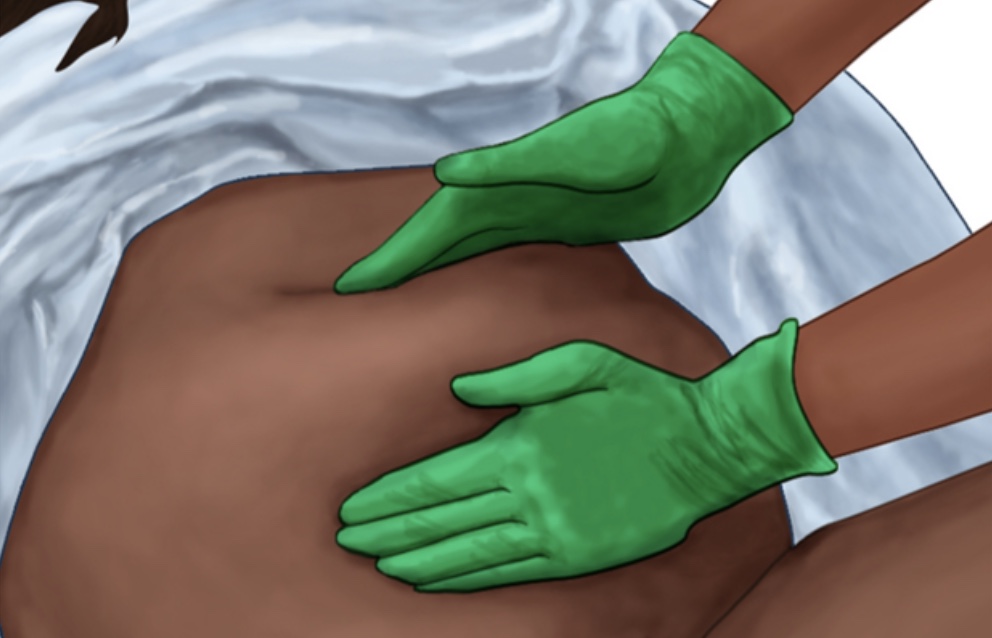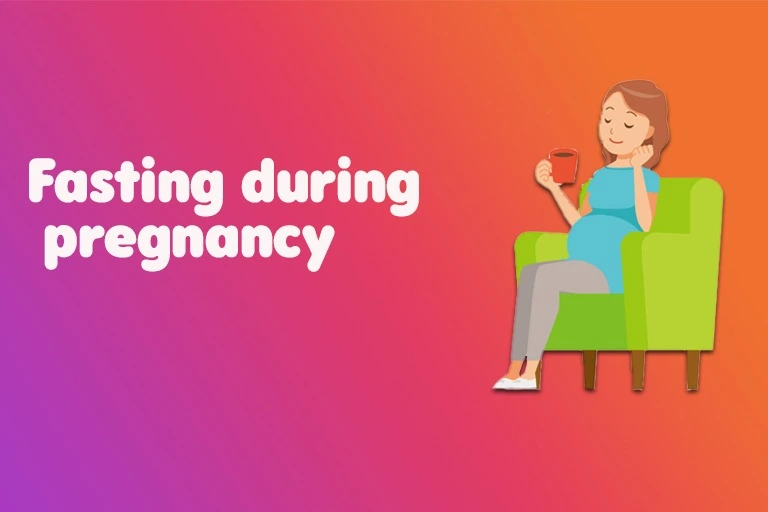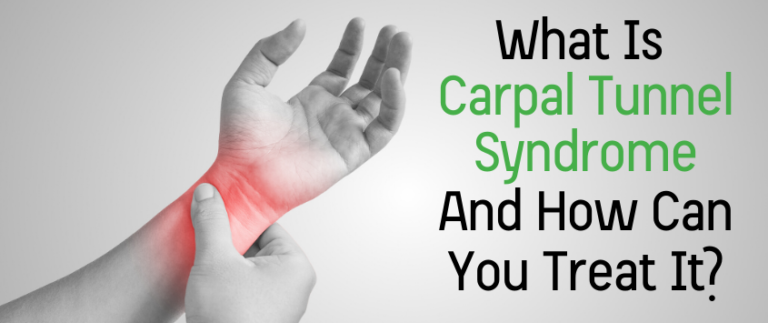The Importance of Massage the Fundus in Postpartum Care
Know about the importance of massage the fundus in postpartum care to prevent postpartum hemorrhage and support the healing process of the uterus after childbirth.
A fundal massage can be beneficial in avoiding issues such as bleeding after childbirth. Massage the fundus is a necessary part after the birth of a child for a mother so she will be able to survive better. Massage of the fundal must be done by a nurse or a doctor who has experience. It is also known as a vaginal massage.
What is Massage the fundus?
Massage the fundus is a type of uterine massage given after the delivery of the placenta to help prevent postpartum hemorrhage. The fundus is the top of the uterus, and massaging it helps the uterus contract and reduce postpartum blood loss. This kind of massage is usually done by a midwife or doctor in the postpartum period, particularly after childbirth or home birth.
The belly button is the landmark used to locate the fundus during a fundal massage. The massage isn’t meant to be gentle – it must be firm and consistent to help the uterus contract effectively. By applying pressure and massaging the fundus, oxytocin levels are raised, which triggers contractions. The goal is to expel any blood clots and prevent excessive bleeding of the uterine wall from contracting, especially in cases of uterine atony.
Why is Fundal Massage Important?
Fundal massage after birth is a critical practice to prevent excessive bleeding in postpartum women. This technique involves massaging or squeezing the uterus to help encourage contractions and prevent postpartum hemorrhaging. According to Cochrane systematic reviews, routine use of massage the fundus can significantly reduce the risk of retained placenta and excessive bleeding.
When the uterus isn’t firm after childbirth, a fundal massage is given to stimulate uterine contractions and aid in the expulsion of the placenta. Healthcare providers must ensure the massage is done correctly and with adequate pressure, as a gentle or ineffective massage can lead to complications.
Step-by-Step Guide to Performing Fundal Massage
This massage is not like the massage at a spa. It is like the massage of the uterus system and should be performed by a professional. Here is the complete guide for performing fundal massage.
Preparation:
A healthcare professional will check to ensure their hands are warm and clean. Warm hands improve the mother’s comfort during the massage and help avoid infections.
Positioning:
The mother will be requested to lie on her back. The nurse or midwife can more easily reach and correctly massage the uterus in this position.
Locating the Fundus:
The nurse or doctor will locate the fundus or upper part of the uterus. The fundus is situated directly beneath the belly button, so choosing the ideal location for the massage to be successful is critical.
Massaging:
The nurse will press and massage the fundus with one hand, using solid but gentle pressure. They will make an inward, downward motion with their hand. In doing so, the uterus will relax and expel any remaining blood clots, possibly stopping bleeding too much.
Remedies to Massage the fundus
For many pregnant individuals, the third stage of labor is a period of intense physical and emotional change. You may have heard about the massage of fundal as a standard practice immediately after birth to prevent excessive bleeding. But here’s what to know: not everyone is familiar with this message.
Some may find the term misleading, as the procedure involves firmly massaging the uterus to help encourage it to contract and reduce bleeding. Instead of a massage, providers may opt to administer uterotonics such as Pitocin to trigger contractions and minimize bleeding. This is especially common for those who have given birth via cesarean section.
Techniques such as Hofmeyr maneuver, which involves placing a hand in the vagina to support the uterine wall and stop the bleeding, may be used. Clots are expelled from the artery to help with postpartum recovery. These alternatives to fundal massage can be crucial in providing effective postpartum care and ensuring a smooth transition into postpartum recovery.
Common Myths about the Massage of fundal
Fundal massage, performed using the correct technique, is a vital procedure for promoting uterine contractions, especially after significant surgeries like C-sections. It should be performed above the pelvic bone, where the top of the uterus can be felt.
Fundal Massage is Always Painful
One common myth about fundal massage is that it is a painful procedure. In reality, fundal massage is a gentle technique used to assess the firmness of the uterus, called the fundus.
This massage is typically performed with one hand on the abdomen, just above the pubic bone. It is a routine procedure done by a nurse or midwife after the placenta is delivered to help prevent excessive bleeding postpartum.
There is a misconception that fundal massage is only necessary during a major surgery, such as a c-section, but it is also commonly done during prenatal and pmccare visits. Another myth is that fundal massage is not needed if synthetic oxytocin is administered, but the two work hand in hand to control the amount of bleeding.
Only Needed for Complications
Fundal massage is a common technique used by pregnant individuals to prevent excessive bleeding after childbirth. It is not a painful or unnecessary procedure and can be performed by a trained birth doula or support person. Studies show that fundal massage can significantly reduce bleeding due to the release of oxytocin.
It is necessary not only after significant surgery but also as a standard part of postpartum care. Some healthcare providers may use both hands for proper technique and pressure on the pubic bone.
Anyone Can Do It
Some people think that anyone, even without any training, can do a fundal massage. This is not true. To ensure that fundal massage is performed safely and successfully, a licensed healthcare practitioner, like a nurse or midwife, should only perform it.
It’s Not Important
There is a misconception that fundal massage is unimportant. In actuality, it’s essential since it protects against significant issues like postpartum hemorrhage, which, if ignored, can be death.
By understanding and eliminating these common misconceptions, we can better understand the significance and advantages of fundal massage in postpartum care.
Who Should Perform Fundal Massage?
Fundal massage is a technique performed by healthcare providers to stimulate contractions of the uterus and prevent excessive bleeding postpartum. This massage, focused on the fundus, encourages the uterus to contract and reduces bleeding.
However, improper technique or excessive pressure can cause harm. Fundal massage is crucial for the mother’s health and well-being, reducing the risk of excessive bleeding and promoting faster recovery. This is very important step of fundus massage after delivery, it is also important for a pregnant woman to do pregnancy stretches, so that they feel easy while massage the fundus.
FAQs
When Is It Good to Perform Fundal Massage?
Fundal massage should be continued every ten minutes for the first hour following delivery, and it is usually done just after the placenta is delivered.
Can I perform a fundal massage myself?
A qualified healthcare professional should only give a fundal massage for efficacy and safety.
What is the difference between fundus and Fundal?
The term “fundal” denotes anything related to the top portion of the uterus, as in “fundal massage,” which is the massage of the uterus. The “fundus” is the top portion of the uterus.
Wrap up
In postpartum care, massage the fundus is an essential practice that helps to ensure the uterus contracts properly after childbirth, hence preventing excessive bleeding. By gaining knowledge about it, and understanding how it’s done, new moms and those who care for them can be better equipped to promote a safe and speedy recovery.
Through this guide, we want to emphasize the importance of fundal massage in fostering improved postpartum outcomes. After reading this post, you will bitterly know the importance of fundal massage.







